When you attract bees, butterflies and other pollinators to your landscape by growing the plants they love most – all kinds of great things happen to everything else you grow too!
Looking to harvest more vegetables from your vegetable garden? Want to have your annual and perennial flowers bloom like never before? How about getting more strawberries, blueberries or fruit from your plants, bushes and trees?
If any or all of these are on your wish list, bringing pollinating powerhouse insects and birds to your yard should be a top priority!
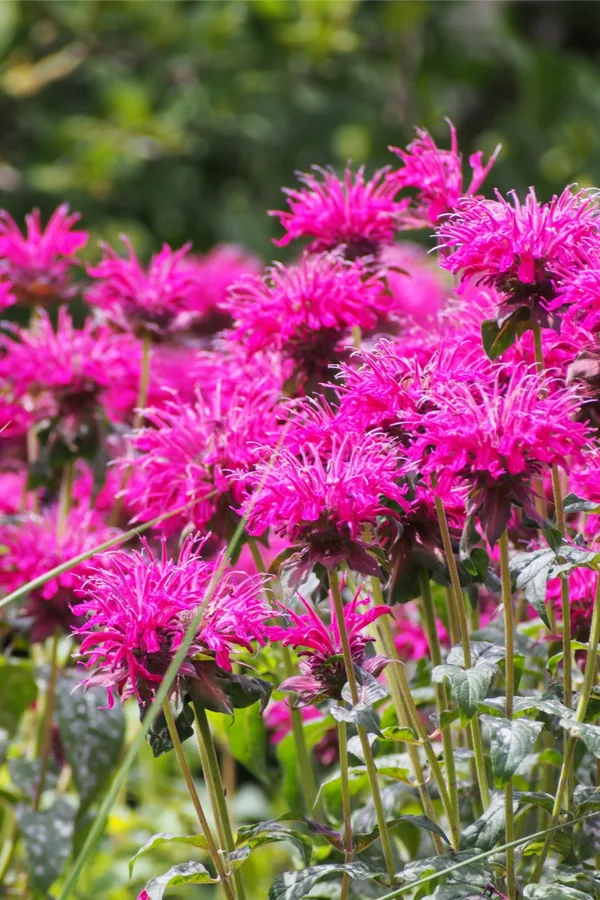
Whether its honey bees, bumble bees and wasps, or beautiful butterflies and hummingbirds floating about, pollinators are the key to getting plants to produce.
Without pollinators in the picture, plants, bushes and trees struggle to produce. When a bee or butterfly visits a bloom, they become doused in pollen. As they visit more and more flowers, they then transfer the pollen to other flowers to fertilize them.
Getting More Pollinators To Visit – Plants Bees, Butterflies & Pollinators Love
The formula for success is actually quite simple. The more pollinators you can attract to your yard, the better the chance for blooms to become fertilized!
The good news is that attracting pollinators is easy. All you need to do is grow the plants they like to visit most. Luckily, there are a whole slew of annuals and perennial plants that they happen to love! And by simply planting a few of these favorites, you can all but ensure routine visits.

With that in mind, here is a look at 7 of the best annuals and perennials to plant to attract pollinators to your backyard this spring, summer and fall!
How To Attract Pollinators – 7 Plants Bees & Butterflies Love!
Zinnias
When it comes to annual flowers that bring pollinators calling, zinnias are at the top of the list. Their massive set of bright blooms are the ultimate calling card for both bees and butterflies.
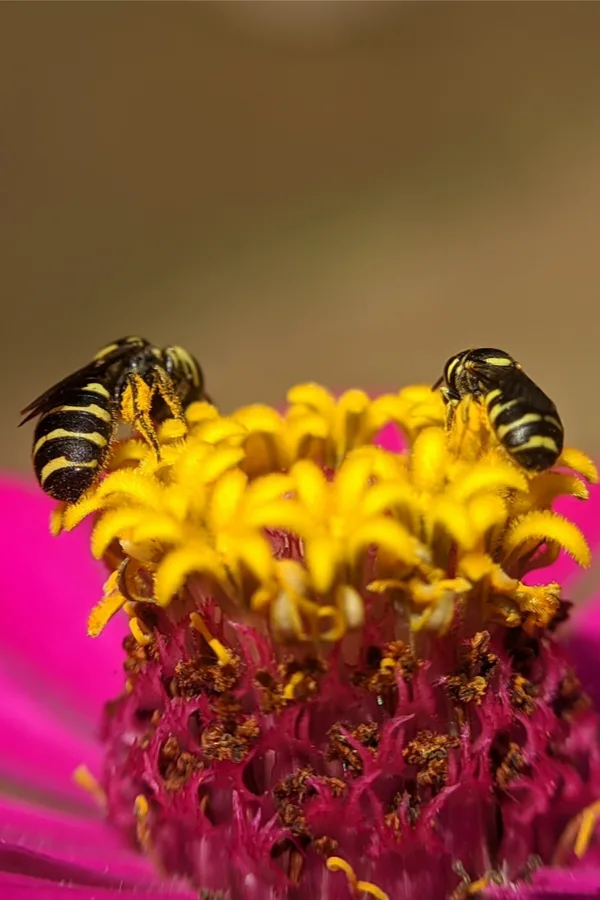
But as good as zinnias are for bringing in pollinators, they also bring even more benefits to your landscape. Not only are they drought tolerant, they also are deer resistant as well.
They also attract ladybugs in large numbers, which can keep aphids and other insects from attacking your vegetable and flowers.
Zinnias are wonderful for planting along garden borders or directly into flowerbeds. They are also perfect for growing in pots and containers, making it easy to spread their beauty to your patio, deck, or anywhere in the landscape you wish. See : How To Grow Zinnias And Keep Them Blooming!
Blanketflower – How To Attract Pollinators
Unlike most perennial plants, Blanketflower can stay in bloom from late spring all the way into fall. And are its gorgeous blooms ever attractive to a whole array of helpful insects!
The mounding plant fills with flowers early in the season, and is a constant attraction for a wide variety of bees. Drought, heat and deer resistant, it is a hardy perennial that will come back strong year after year. Plant Link: Blanketflower 1 Gallon Pot

Bee Balm – How To Attract Pollinators
No plant list for pollinators would be complete with the addition of Bee Balm. This hardy perennial (pictured at the top of the article) is one of the best perennials around for enticing bees, hummingbirds and butterflies to its sweet, fragrant flowers.
With plant varieties that bloom in shades of red, white, pink or purple, bee balm brings vibrant color to flowerbeds. This is another plant that can handle the heat in stride, making it great for locations with full sun.
Bee balm can grow in a wide variety of climates, and is winter hardy from zones 3 through 9. Blooms appear in early to mid summer, extending up on long stems from its compact foliage below.
Coral Bell – How To Attract Pollinators
If you are looking for a good pollinating plant alternative for the shadier spots of your yard, Coral Bell is a top choice. One thing is for sure, even in the shade, pollinators will find it!

With its compact mound of foliage and long-stemmed wispy blooms, it is perfect for providing a little color to low-light areas. Coral Bell is a favorite of hummingbirds, as well as honey and bumble bees.
With foliage options of green, crimson and deep purple, the herbaceous perennial can add big interest even when not in bloom. Coral Bell is hardy in growing zones 4 through 8.
Strawberries – How To Attract Pollinators With Plants Bees & Butterflies Love
Need another reason to grow strawberries besides harvesting their delicious fruit?
Believe it or not, strawberry plants are one of the best ways to attract honey bees early in the season. And once they come calling, those bees will keep coming back to visit other plants in your yard all summer long.
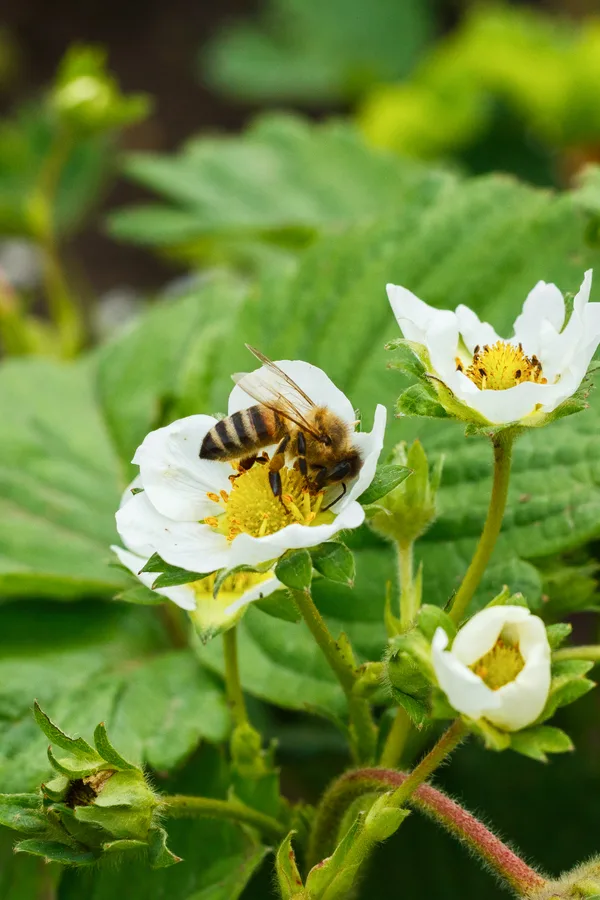
With their early emergence and spring blooms, strawberry plants are one of the first plants that honey bees can work. A prolific bloomer, strawberries can be a vital food source for the bees, which return the favor by pollinating your strawberry crop.
Both June bearing and everbearing strawberry plants will attract bees in large numbers. Planting strawberries near your garden is an excellent way to bring more pollination to your vegetable plants, which can help increase overall yields.
Everbearing strawberries are especially great for attracting pollinators because they bloom and fruit all summer long. (See: How To Grow Everbearing Strawberries With Ease)
Cosmos – How To Attract Pollinators
Cosmos are another annual flower that can bring pollinators in all summer long. Making this flower even more attractive, they can easily be grown from seed, making them quick and easy to plant into the landscape.
This drought resistant annual requires little in the way of maintenance. Simply sow the seeds and let them go. And as they do, the bees and butterflies will come calling!
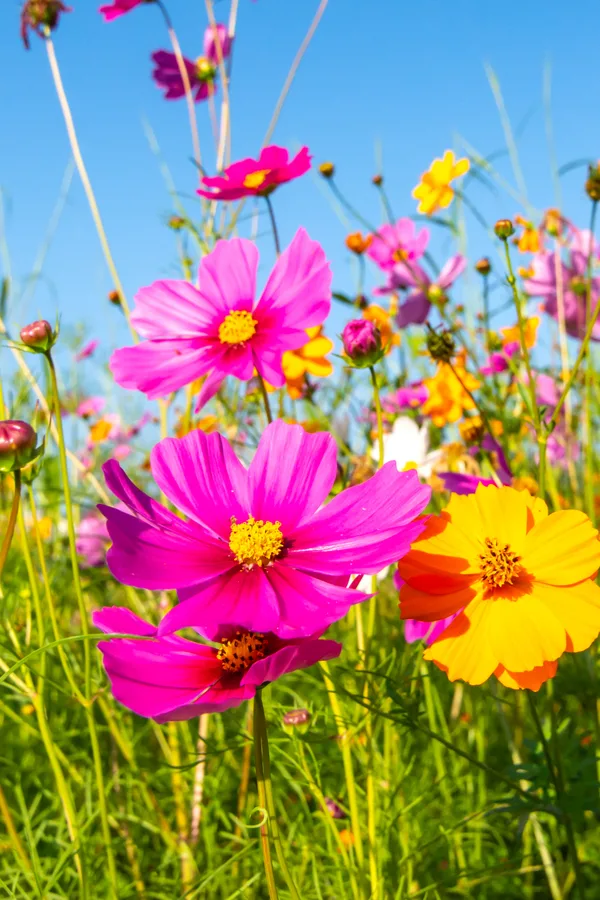
With radiating blooms that grow atop wispy foliage, they bring color and interest wherever you plant them. Cosmos are a fast bloomer, and will continue to bloom right up until the first frost! (Seed Link: Cosmos Seed)
Viburnum (Korean Spice) – How To Attract Pollinators
Looking for a shrub that can bring in the pollinators? Look no further than Viburnum.
With it’s abundance of early spring flowers, Viburnum can lead an early season charge from bees and other pollinators into your landscape. With varieties than can handle partial shade to full sun, you can find a species to fit almost any need.
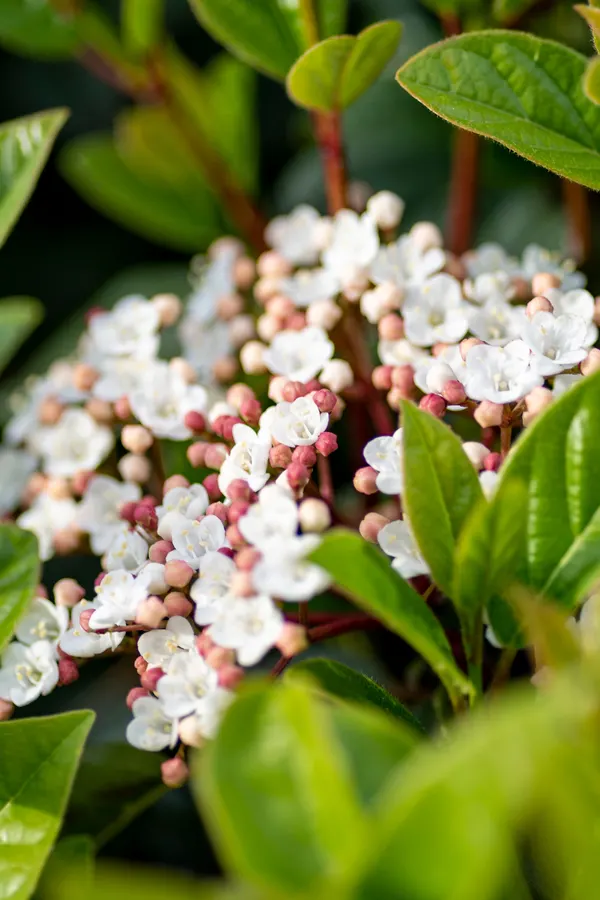
Varieties such as Korean Spice grow 3 to 6 feet tall at full maturity. Viburnum can grow as both an evergreen or deciduous plant depending on the climate where it is grown. It is certainly an excellent long-term solution for binging pollinators back year after year.
Here is to bringing more pollinators to your flower and vegetable gardens this year. Not only will it help your plants to bloom bigger and stronger, it will help bring your landscape to life with activity! Happy Gardening – Jim and Mary.
Jim and Mary Competti have been writing gardening, DIY and recipe articles and books for over 15 years from their 46 acre Ohio farm. The two are frequent speakers on all things gardening and love to travel in their spare time.
As always, feel free to email us at thefarm@owgarden.com with comments, questions, or to simply say hello! You can sign up for our free email list in the subscribe now box in the middle of this article. Follow us on Facebook here : OWG Facebook. This article may contain affiliate links.
